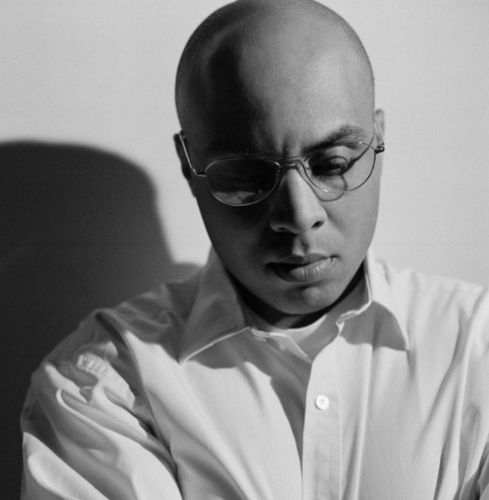Auteur Theory suggests that a director can use the commercial apparatus of film-making in the same way that a writer uses a pen or a painter uses paint and a paintbrush.
It is a medium for the personal artistic expression of the direction. The film theoretician, André Bazin, explained that auteur theory was a way of choosing the personal factor in artistic creation as a standard of reference and then assuming that it continues and even progresses from one film to the next.
It is possible for music video directors to be auteurs. The platform can allow for more creative and artistic expression than film making, Auteurs may use this medium (music videos) to showcase a distinct style, repetition of themes, iconography (symbolic codes), technical codes and contributing music artists in their work. You should be able to draw clear connections between their work, similar to how you can with film directors such as Tim Burton.
An example of a music video director who is an auteur is Hype Williams. Better known as "Hype", he was born during 1970 in Queens, New York, he's an African-American video and film director who has directed many music videos and worked with a number of top R&B artists such as Notorious B.I.G, LL Cool J, Missy Elliott, Busta Rhymes, Nicki Minaj & many more. |
| Hype Williams |
Along with directing music videos he has directed multiple short films and also has directed one feature length film.
These are some music videos directed by Hype Williams:
Within Hype Williams' work he focuses on using a lot of bright colours and this can be seen throughout his work, even from back when he started directing music videos to the videos he currently directs.
One of Hype Williams' signature styles is the fish eye lens effect where one person or section of the shot is in focus and everything around it, you can see this being used within Brandy's video. It was something a lot more prominent in his earlier work than it is in his more recent work. Another thing that he was known for in his earlier work is using a wide screen ratio whilst a second shot is split and placed where usually there would be black bars above and below the video, as seen in 'Check on It' and a lot of his other work. Another signature of his work which he continues to use into his recent work is the scene rapidly switching between shots so you're able to see both at once.


No comments:
Post a Comment